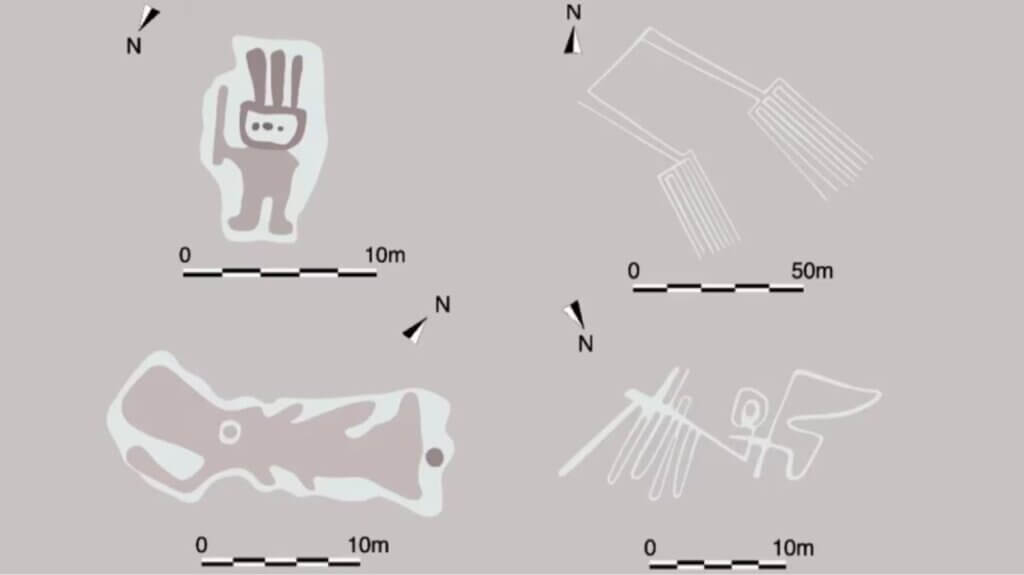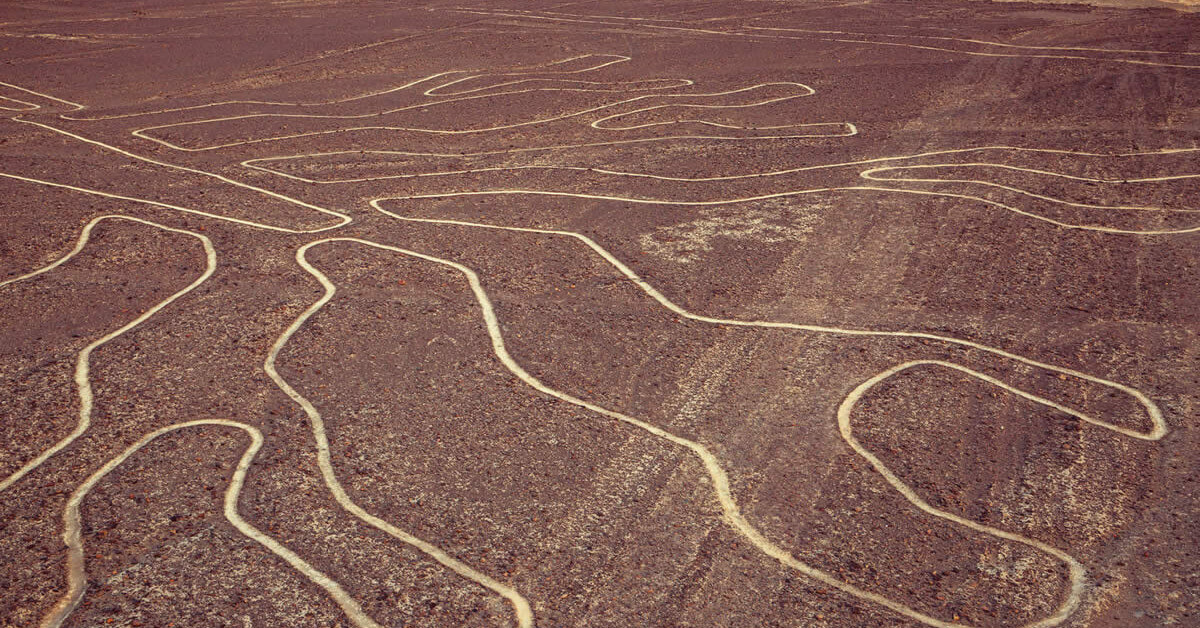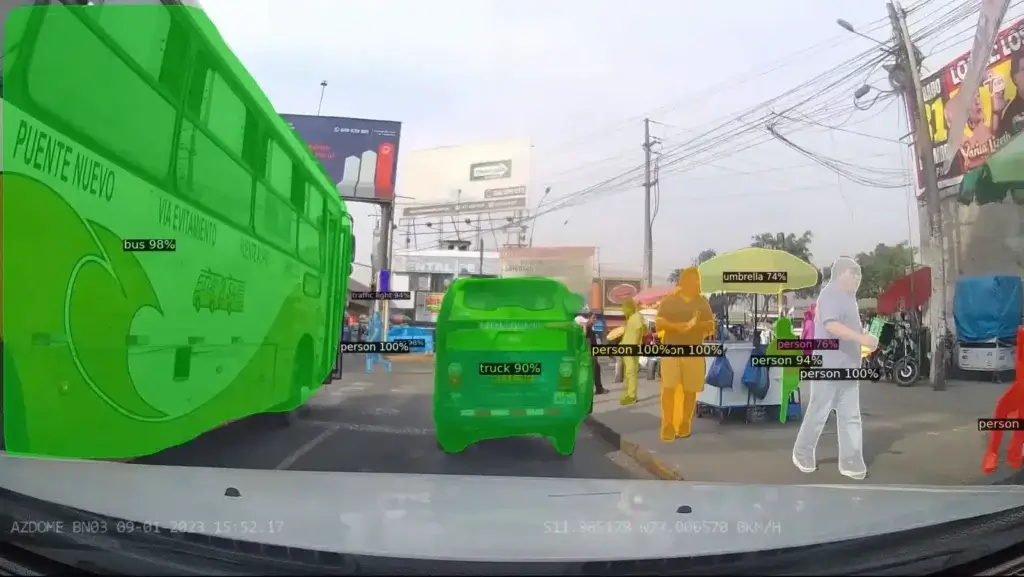Lima, Peru: A team of Japanese archaeologists from Yamagata University discovered four new geoglyphs in Peru’s Nazca desert thanks to artificial intelligence (AI) technology known as Deep Learning (DL).
Researchers say the Deep Learning tech can significantly speed up the time it takes for scientists to identify new geoglyphs.
The Nazca Lines are a group of pre-Columbian geoglyphs found in a 1,000 square kilometer desert bearing the same name located on Peru’s southern Pacific coast. The lines form around 300 different figures, including animals and plants, and these geoglyphs were declared a World Heritage Site by Unesco in 1994.
Since then, professional researchers and amateur enthusiasts have proposed various hypotheses about the origins of the drawings, and investigations have been launched in the area to identify more geoglyphs.
Deep Learning’s role in identifying new geoglyphs
On June 1, a new study, “Accelerating the discovery of new Nasca geoglyphs using deep learning,” was published in the Journal of Archaeological Science. Scientists from Japan’s Yamagata University used AI to determine that the newly discovered geoglyphs formed the shape of a humanoid figure, a fish, and a bird with two legs.

The humanoid geoglyph is depicted holding a club in its right hand and is five meters long; the fish geoglyph is shown with its mouth wide open and is 19 meters long, and finally, the bird geoglyph is 17 meters long and each of its legs measures 78 meters.
Masato Sakai, a professor at Yamagata University who led the research team, told Peru Reports more about how DL was used to identify the geoglyphs.
“DL is a particular type of machine learning that is used in archeology to analyze the iconography, text, and writing of excavated objects,” said Sakai. “Our method enables the discovery of previously unreachable targets by allowing DL to learn image representations with better generalization and performance.”
Since 2004, the university has been exploring a 390-square-kilometer area in the Nazca desert, using satellite imagery, aerial photography, aerial scanning with LiDAR (Light Detection and Ranging) technology, and drone photography.
With these new techniques and technologies, previously hidden geoglyphs have been revealed. In December 2022, Yamagata researchers found 168 new glyphs, which were previously unregistered.
According to Sakai, DL “accelerated the research process” and allowed a breakthrough in “archeology by introducing a novel paradigm that combines field research and AI, resulting in more effective and efficient investigations.”
“We can now identify candidates for new geoglyphs approximately 21 times faster than with the naked eye. The approach would be beneficial for the future of archeology in a new paradigm that combines field study and AI,” he explained.
Peru’s mysterious Nazca Lines
Peru’s Nazca Lines were discovered in 1937 and to this day it remains a mystery how, when and why they were carved with such precision into the desert soil.
Some theories indicate that they were used by the Nazca culture for astronomy. Other sources suggest that they were a kind of offering to the gods, to attract rain. Still others believe they’re an alien creation.










